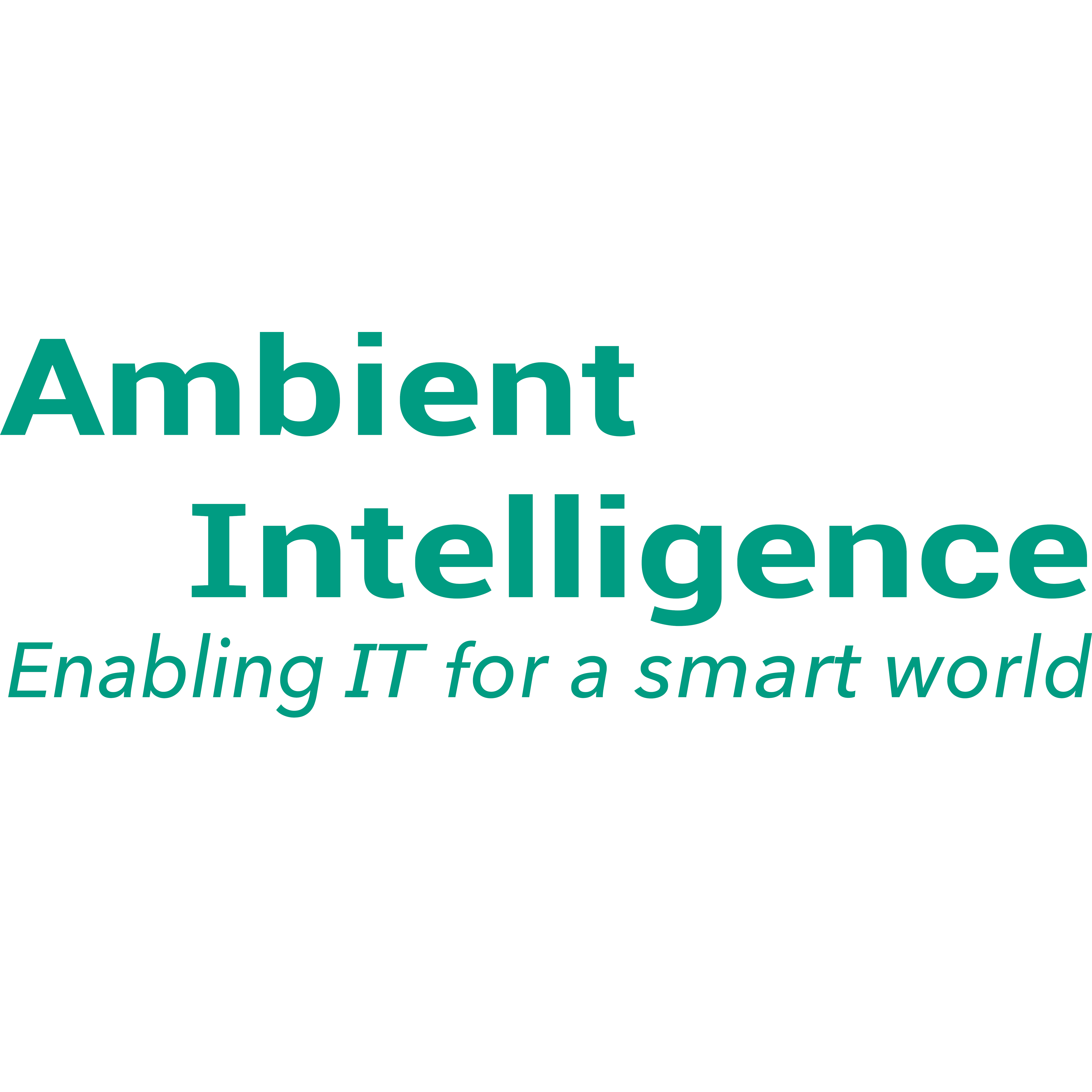Introduction: The purpose of this review is to gather and analyse current research publications to evaluate Sinogram-Affirmed Iterative Reconstruction (SAFIRE). The aim of this review is to investigate whether this algorithm is capable of reducing the dose delivered during CT imaging while maintainingimage quality. Recent research shows that children have a greater risk per unit dose due to increased radiosensitivity and longer life expectancies, which means it is particularly important to reduce the radiation dose received by children.Discussion: Recent publications suggest that SAFIRE is capable of reducing image noise in CT images, thereby enabling the potential to reduce dose. Some publications suggest a decrease in dose, by up to 64% compared to filtered back projection, can be accomplished without a change in image quality.However, literature suggests that using a higher SAFIRE strength may alter the image texture, creating an overly ‘smoothed’ image that lacks contrast. Some literature reports SAFIRE gives decreased low contrast detectability as well as spatial resolution. Publications tend to agree that SAFIRE strength threeis optimal for an acceptable level of visual image quality, but more research is required. The importance of creating a balance between dose reduction and image quality is stressed. In this literature review most of the publications were completed using adults or phantoms, and a distinct lack of literature forpaediatric patients is noted.Conclusion: It is necessary to find an optimal way to balance dose reduction and image quality. More research relating to SAFIRE and paediatric patients is required to fully investigate dose reduction potential in this population, for a range of different SAFIRE strengths.
DOCUMENT

Het doel van het onderzoek is om te bepalen welke voordelen de fusie van PET-CT en MRI-CT hebben in het voorbereidingstraject van de behandeling van de gynaecologische patiënt met radiotherapie ten opzichte van CT alleen. Hierbij is gekeken naar voordelen met betrekking tot intekenen van doelvolumina en risico organen, effecten op intekenvariaties en ook de effecten op het bestralingsplan. Vooral MRI blijkt nuttig te zijn voor de intekening van lymfeklieren, het gebruik van PET in combinatie met CT laat een afname van het doelvolume zien van de primaire tumor. Bij het maken van het bestralingsplan wordt het gebruik van één van beide modaliteiten daarom aanbevolen.
DOCUMENT

Erasmus project about training cultural workers for facilitating rural youths culture
MUSE supports the CIVITAS Community to increase its impact on urban mobility policy making and advance it to a higher level of knowledge, exchange, and sustainability.As the current Coordination and Support Action for the CIVITAS Initiative, MUSE primarily engages in support activities to boost the impact of CIVITAS Community activities on sustainable urban mobility policy. Its main objectives are to:- Act as a destination for knowledge developed by the CIVITAS Community over the past twenty years.- Expand and strengthen relationships between cities and stakeholders at all levels.- Support the enrichment of the wider urban mobility community by providing learning opportunities.Through these goals, the CIVITAS Initiative strives to support the mobility and transport goals of the European Commission, and in turn those in the European Green Deal.Breda University of Applied Sciences is the task leader of Task 7.3: Exploitation of the Mobility Educational Network and Task 7.4: Mobility Powered by Youth Facilitation.
In tijden van toenemende culturele diversiteit en arbeidsonzekerheid hebben jongeren in Nederlandse en Duitse stadswijken grote behoefte aan richting met betrekking tot hun toekomstige leven. Ouders en leraren lijken zelf vaak te worden overweldigd door de snel veranderende wereld waarin ze leven. Naast deze veranderingen neemt het gebruik van sociale media sterk toe, waardoor de al bestaande generatiekloof nog groter wordt. Deze ontwikkelingen hebben grote gevolgen voor de levensloopperspectieven van jongeren en leiden er vaak toe dat ze meer dan ooit richting zoeken bij hun leeftijdgenoten. In plaats van dit te zien als een problematische situatie, is dit project erop gericht de netwerken van jongeren te gebruiken als bron voor verbetering van de stadswijken. Het basisidee is jonge adolescenten (in de leeftijd van 12-14 jaar) te empoweren via bepaalde leeftijdgenoten die al gerespecteerd, verantwoordelijk en stabiel in het leven staan. Deze ‘homies’ (vier Nederlandse en vier Duitse jongeren) worden getraind en begeleid door experts op het gebied van oplossingsgericht denken en inspirerende communicatie. Daarna gaan de homies aan de slag in hun eigen wijk, waar ze drie maanden actief zullen zijn. De meeste communicatie met hun leeftijdgenoten zal verlopen via mobiele communicatie en sociale medianetwerken. In het begeleidende onderzoek wordt een analyse gemaakt van de leefsituatie van jongeren in de geselecteerde wijken voor en na de tussenkomst van de homies. De homies houden zelf een (mobiel) dagboek bij dat inzicht zal bieden in hoe zij zelf de veranderingen bij de jongeren in hun wijk zien.
Lectoraat, onderdeel van Saxion
